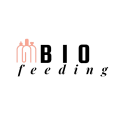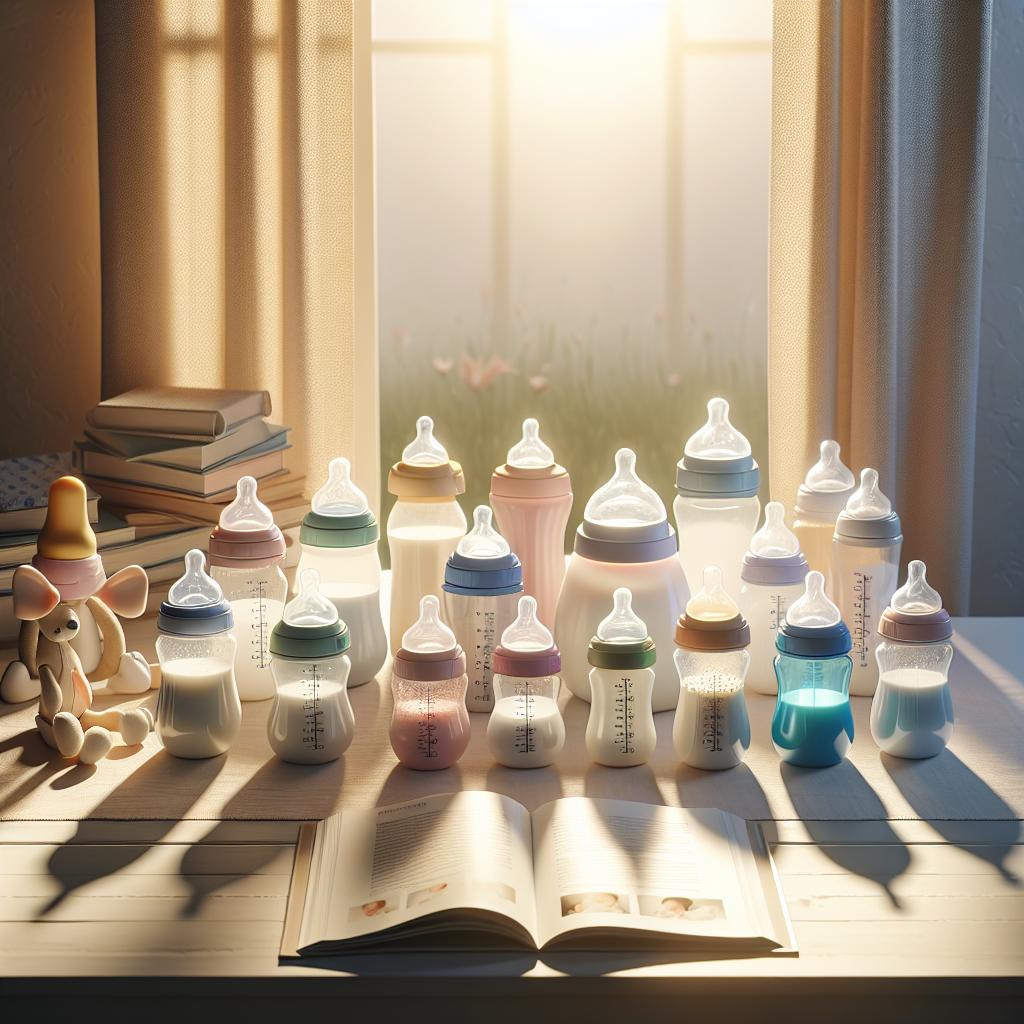Understanding Your Baby’s Feeding Needs
In the journey of parenthood, one of the many decisions you will need to make is choosing the right feeding bottle for your child. While it might seem simple, it’s a critical decision that can significantly impact your little one’s development and comfort. This article will offer valuable parenting insights to help you select the best baby bottles for your little one.
The Importance of Bottle Choice
The feeding bottle you choose plays an essential role in your baby’s overall feeding experience. The right bottle can make feeding time enjoyable and relaxing for both of you. But a poor choice can lead to feeding difficulties such as colic, gas, and even lead to refusal of the bottle. Hence, understanding the features that make a bottle suitable for your child is key.
A study published on National Center for Biological Information (NCBI) highlights the link between feeding difficulties and specific types of bottles, emphasizing the importance of making an informed decision.
Selecting the Best Baby Bottles: What to Consider?
- Bottle Material: Baby bottles are commonly made of plastic, glass, silicone, or stainless steel. While choosing, consider factors such as durability, weight, and potential risks associated with each material.
- Shape: Feeding bottles come in various shapes. Some are straight, while others have a contoured or angular design to reduce the amount of air the baby ingests while feeding.
- Nipple Design: The design and flow rate of the nipple affect how easily a baby can feed. For more information on how to choose the right nipple size for your baby, check this insightful guide from Parents.com.
- Easy to Clean: Bottles with wide necks or that can be taken apart are easier to clean, reducing the risk of bacterial contamination.
Transitioning from Breastfeeding to Bottle Feeding
If you’re transitioning your baby from breastfeeding to bottle feeding, choosing the right bottle becomes even more crucial. Some babies resist this change due to the difference in the feeding experience. The right baby bottle should simulate the breastfeeding experience as much as possible to make this transition smoother.
At Bio Feeding, we have a wealth of resources, including tips for a smooth transition, essential bottle swaps, and how to get your baby to love the bottle.
Choosing a Bottle Feeding System
Apart from the individual feeding bottle, you may also want to consider the benefits of a comprehensive feeding system. An integrated system like the NFant Thrive Feeding System can make feeding time easier to manage while reducing risks associated with bottle feeding.
Understanding Bottle Warming
Did you know that warming up your baby’s bottle to a suitable temperature can help in digesting the feed better and ensuring a comforting feeding experience?
While the warmth of the milk is a personal preference for each baby, the closer the bottle content’s temperature is to the body’s natural temperature (98.6°F), the easier the digestion. This is where bottle warmers come in handy for busy parents, as suggested in this Chiccousa guide on bottle warmers.
Customizing a Feeding Schedule
Another critical area in feeding your baby is scheduling. A good feeding schedule that aligns with your baby’s needs can help your little one maintain a healthy weight, reduce fussiness, and ensure good sleep. For tips on how to create a suitable feeding schedule that provides the nutrients your little one needs, check out this article from WebMD.
Role of Dads in Bottle Feeding
Bottle feeding is not just a mom’s responsibility. Dads can play a significant role, too, in this nurturing activity. Sharing the feedings not only allows mothers to rest but also gives dads special bonding time with their babies. Read this insightful advice for new dads on formula feeding by Milk Drunk.
Choosing the Right Bottle: Summing Up
- Mimic Natural Breasting Feeding: Ensure the feeding bottle mimics natural breastfeeding as much as possible. This will aid in a smooth transition from breastfeeding to bottle feeding.
- Material and Durability: Choose a durable material like glass, silicone or stainless steel. Each has its pros and cons so choose diligently.
- Consider the Nipple: The correct nipple design with appropriate flow rate will ease the baby’s feeding.
- Easy Cleanup: Choose a bottle design that’s easy to clean to avoid bacterial contamination.
In a Nutshell
Choosing the right baby bottle goes beyond just a feeding tool. It affects your baby’s feeding experience, digestion, and can significantly impact their early development. Consider all the factors discussed in this article to make an informed decision.
Being a parent is undoubtedly challenging, but each decision you make brings immense satisfaction when you see your little one grow healthy and happy. Remember, you are doing great!

